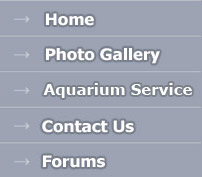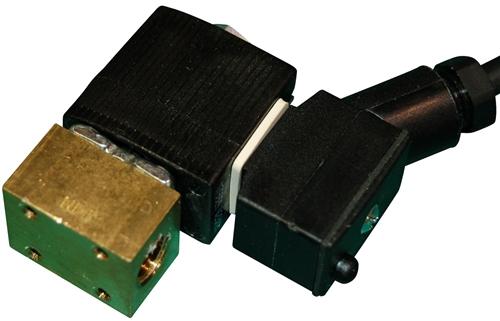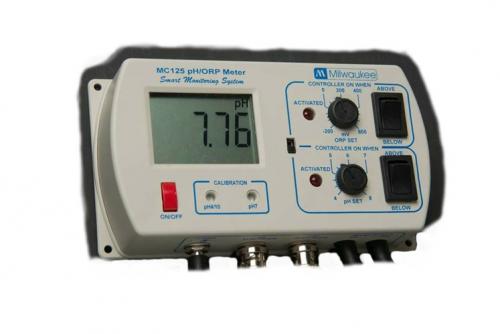


Product Search |
Products |
||||||||||||||||||||||||||||||||||||||||||
|
CO2 SuppliesC02 Cylinders CO2 cylinders come in various sizes. CO2 tanks come with a fitting known as a CGA320 fitting, which is standard in North America. Europe and Asia use different industrial standards. The general best piece of advice is to get the largest tank that you can afford and/or is feasible for the space that you have. Regulators The next essential piece of equipment required for a pressurized CO2 setup is the regulator. A regulator takes the tank pressure of the CO2 tank (normally at ~850 PSI or more, depending on the ambient temperature) and reduces it to a lower pressure. Individuals normally look for a regulator with two gauges. This means there are two pressure dials. The first pressure dial (high pressure dial) will indicate the pressure in the CO2 tank (i.e. the amount of CO2 that is remaining in the tank). The second pressure dial (low pressure dial, also known as the delivery pressure), will be the pressure that the regulator is bringing the CO2 down to. This is usually set anywhere from 5-20 PSI, depending on the size of your tank, and the desired bubble rate. Needle/Metering Valve A needle valve is a piece of equipment that takes the delivery pressure of the regulator and further drops the pressure down to the very fine flow rate that we require for aquarium purposes ( Flow rates as are often referred to as "bubbles per second"). A metering valve is the "high end" needle valve. Solenoid A solenoid is an electronically controlled valve that opens/closes depending on whether electricity is flowing through it or not. For pressurized CO2 purposes, we normally use a "normally closed" solenoid. This means that when there is no electricity, the solenoid is closed, and no CO2 flows. When there is electricity, the solenoid is open, and CO2 flows. Bubble Counter A bubble counter allows us to easily determine the flow rate of the CO2 that is going into the aquarium. Flow rate is often refered to as "bubbles per second." The bubble counter is filled with fluid (it can be water, glycerin, or even mineral oil. The latter two are sometimes preferred because bubbles flow through the liquid slower, making it easier to count. In addition, they do not evaporate like water does), and as gas flows through, bubbles are generated so that you can count your bubble rate. Check Valve Placing a check valve is important to prevent a back siphon from occurring. If water were to back siphon, it could go back through the needle valve, destroying your regulator diaphragm. To protect your investment, a check valve provides good protection for a few dollars. Airline Tubing Airline tubing, you would not be able to get the CO2 from your CO2 tank into your aquarium, so it goes without saying that you will require airline tubing. PH Controller A pH controller (such as those made by Milwaukee) will allow you to determine the pH of your aquarium water on a continual basis. By hooking up the pH controller to a solenoid (which is part of your CO2 system), you can have your pH controller inject CO2 when your pH goes above a certain set point, and have it stop injecting CO2 when your pH drops below a certain set point.
Select a Sub Category.
|

